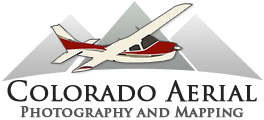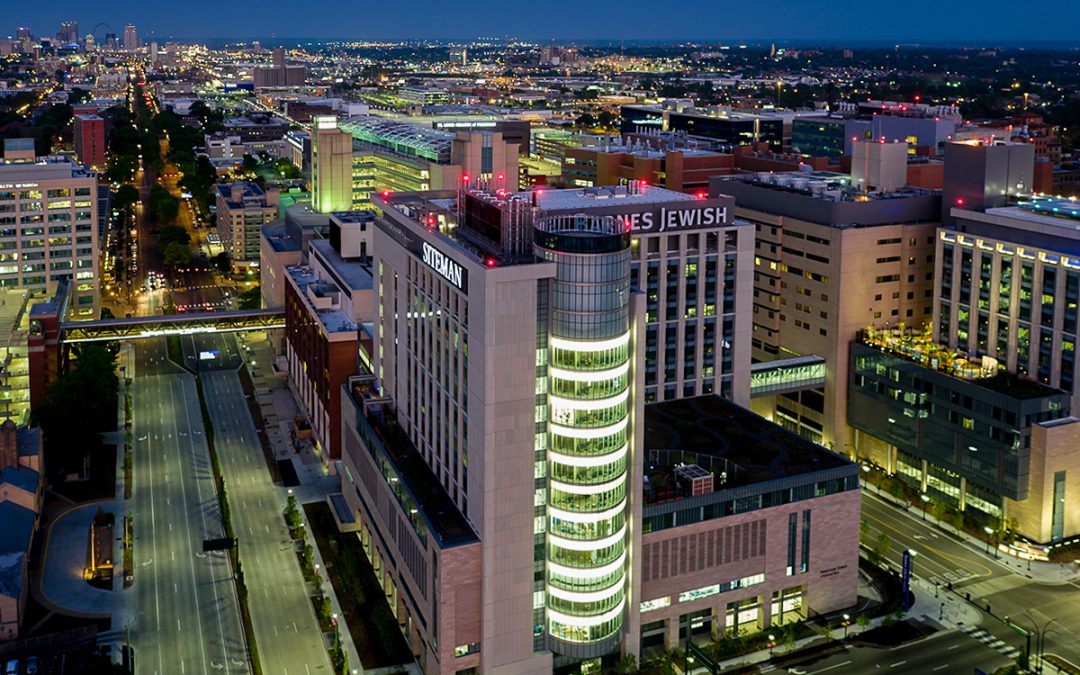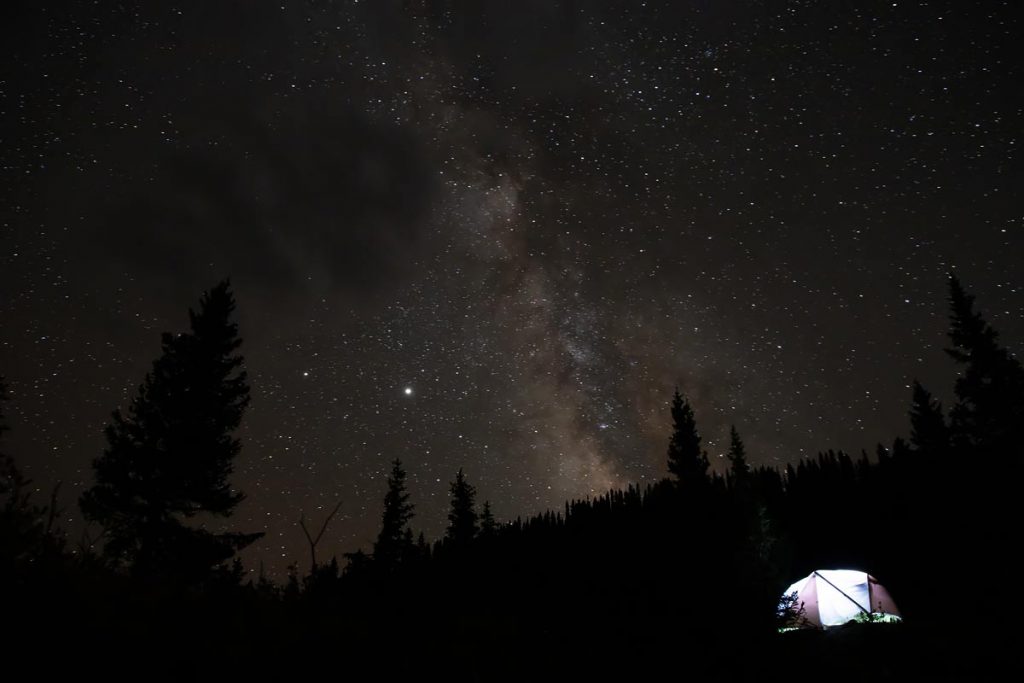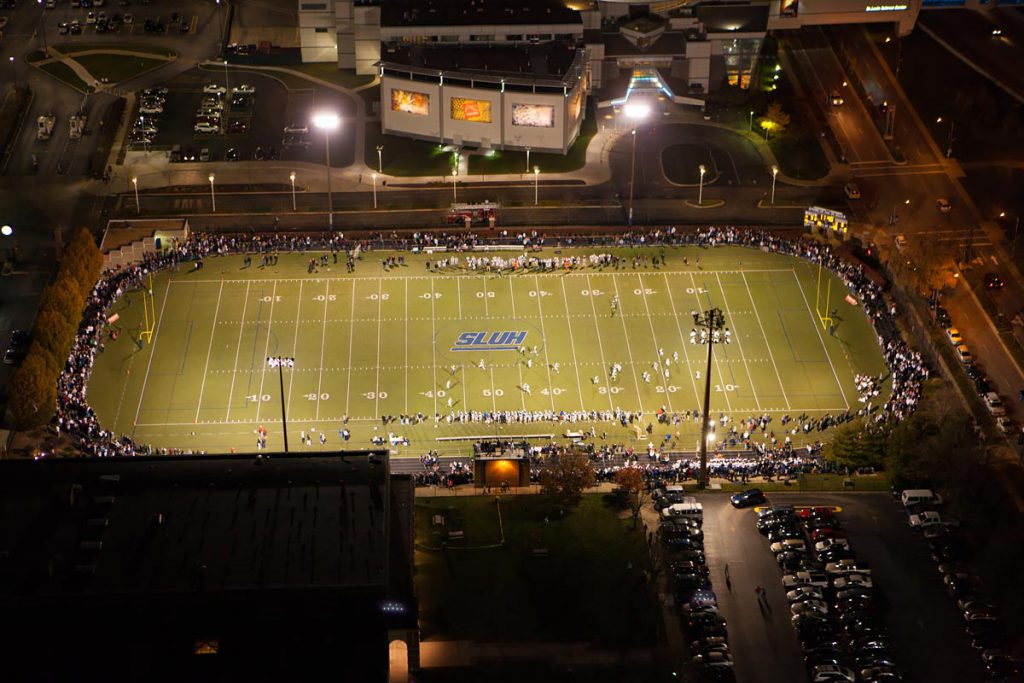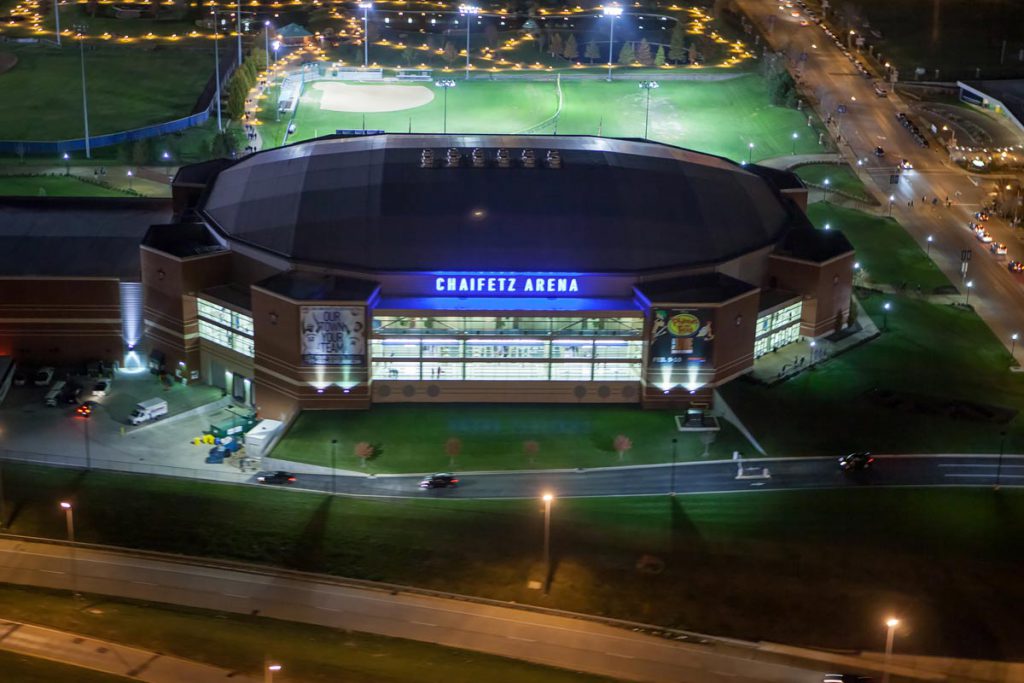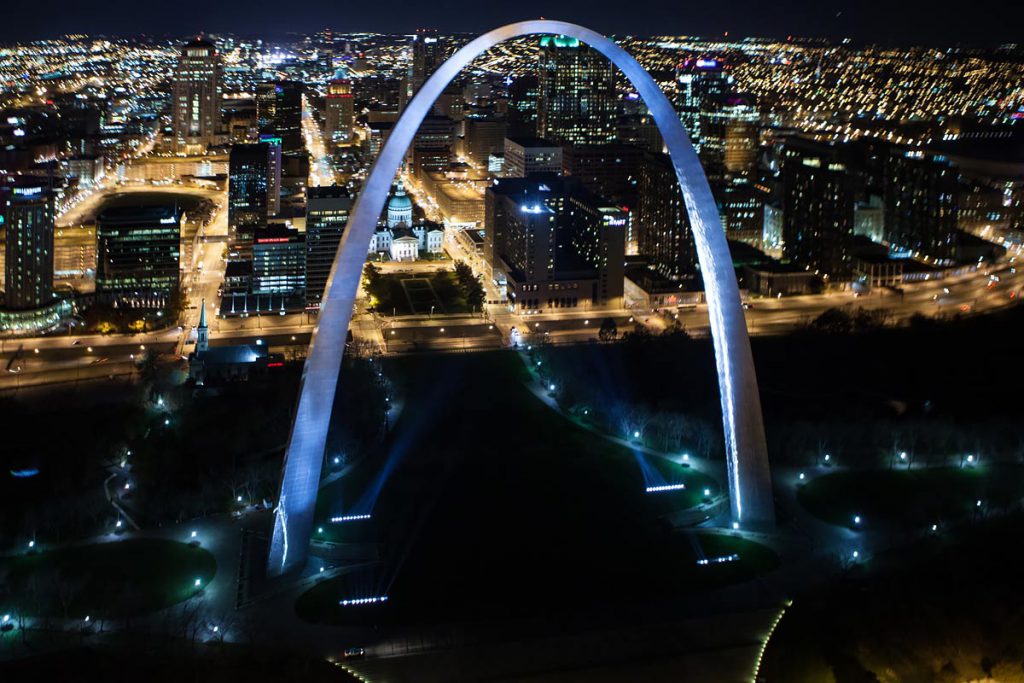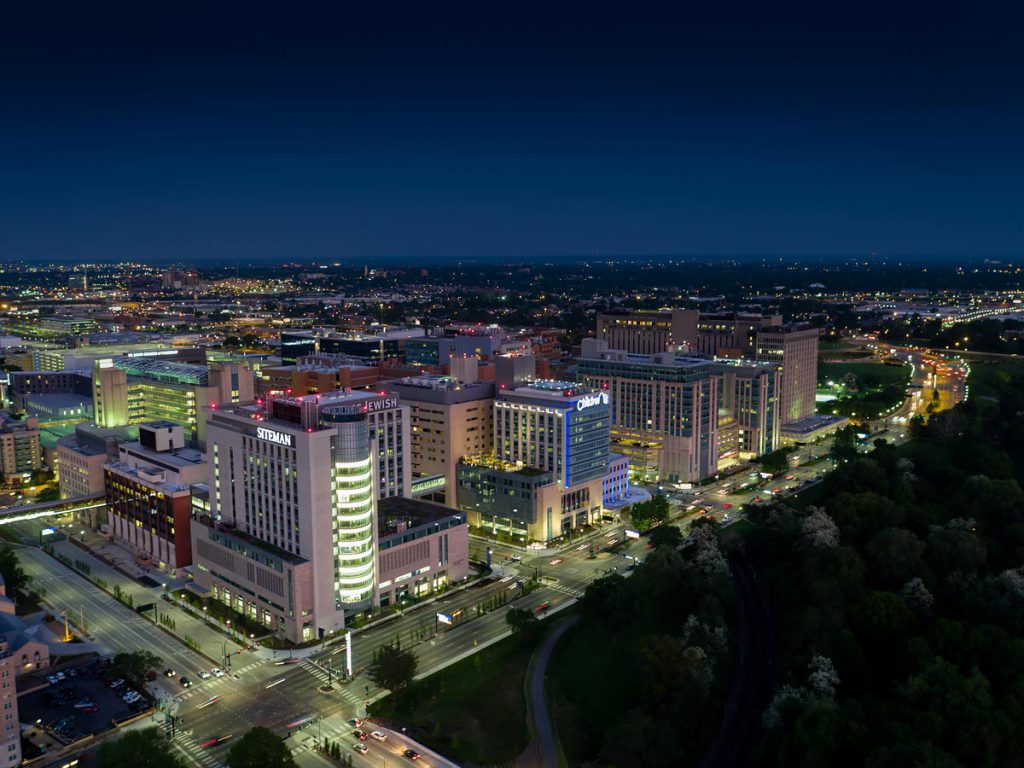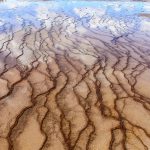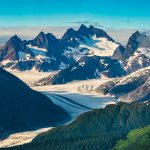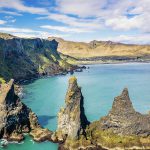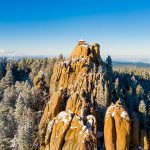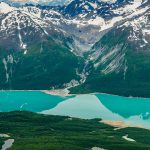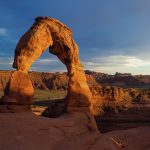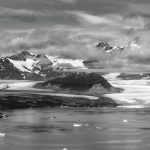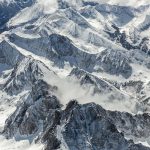Over the past 18 years in business, we have had the occasional request for nighttime photos. Given the right circumstances this can be possible. A camera’s function is to take in visible light and record it. In the old days of film photography, the incoming light reacted with the film to store the image. These days, digital cameras record the incoming light via the camera sensor, which converts the incoming light into digital data that can be reproduced into an image by a computer.
Since a camera records light, if there is no light, there is no photograph. Fortunately, even at night there is almost always visible light for the camera to record, just less of it. Modern digital cameras are very good at working with limited light situations and with every new camera model that comes on the market, get better and better.
It is possible to capture quality imagery with nothing more than starlight as the available light source as long as the camera is firmly mounted on a non-moving surface, such as a tripod. The image below was captured on a tripod deep in the Colorado wilderness with nothing but starlight illuminating the scene.
A moving aircraft (or drone) is obviously not a tripod, so it would be virtually impossible to create a useable image from a moving aircraft with nothing but starlight as the light source. This is the reason you don’t see any landscape type night photography taken from an aerial platform.
But what about using an artificial light source?
When you have an available artificial light source, night aerial photography becomes possible. Everyone is familiar with a camera flash and it’s use in making dark subjects light enough for a good photo. Obviously, there is not a camera flash system strong enough to illuminate a subject from an aircraft, so we must depend on the available light from ground sources, such as street lights, exterior building lights, city lights reflected off clouds, etc. The photo below was taken from a helicopter with the football field lighting providing a sufficient light source for an aerial photo.
In the example below, the arena is illuminated from a combination of exterior building lighting, street lights and interior lighting.
In this photo, the Gateway Arch is illuminated by ground based lighting.
Drones have become the go to tool for taking night time aerial photos. The combination of being able to hover virtually motionless along with the gimbal stabilized camera, opens up a whole new set of possibilities for night time aerial photography. Up until recently drone use was restricted to the hours of 30 minutes before sunrise to 30 minutes after sunset, but the FAA just relaxed this restriction. The photo below was taken using our drone approximately 25 minutes after sunset.
Night time aerial photography is not only possible, but can be a preferred method of bringing artistic qualities to some subjects.
